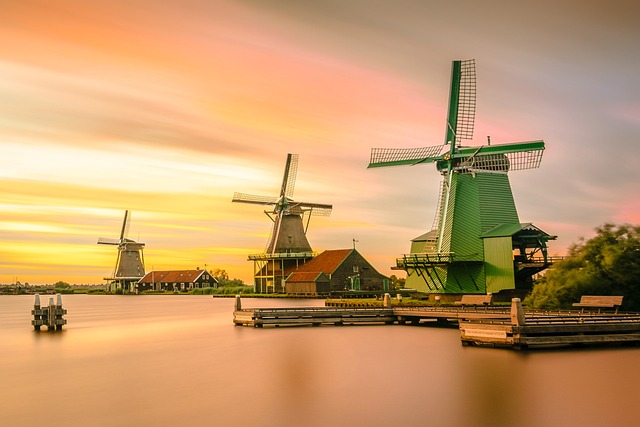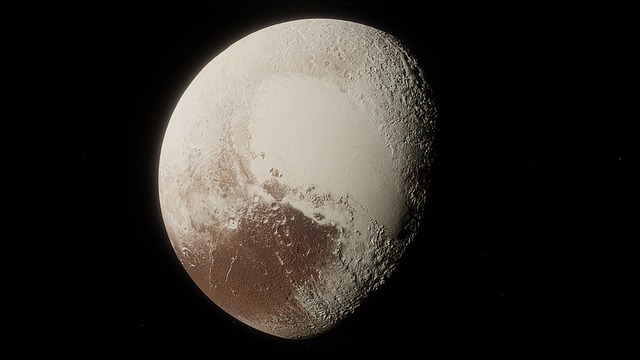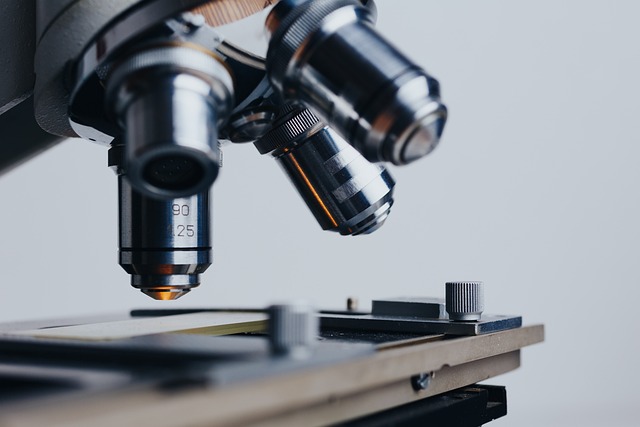Tag: Science
-
Wind Power Facts For Kids
Wind power is a concept in which wind energy is converted into electrical or mechanical power. A wind turbine is a machine that converts wind energy into electrical power. Actually it converts kinetic energy that is present in the wind into electrical energy. Wind turbines charge batteries and generate electrical power. Wind Turbines Hundreds of…
Written by

-
Pluto Facts For Kids | A Dwarf Planet
Pluto is the only planet that was discovered in the 20th century. Pluto was moved down to the status of a dwarf planet in 2006, which makes it even more interesting to study this planet. So let’s have a short but interesting journey of this mysterious dwarf planet in Pluto facts for kids. Discovery Clyde…
Written by

-
Middle School Science Projects | Top 3 Projects
If you are to show your middle school science projects tomorrow then you must not worry too much since I’m bringing you some of the most significant and useful science fair projects that are not only easy to learn but your kids will love it! These projects may not cost you too much which is…
Written by

-
Science Facts For Kids
Here I am bringing you some of the most exciting and least understood science facts for kids. These facts include the study of earth, study of human body, few animals, and some other insights of biology. In olden times, the Indian medical doctors allowed the ants to bite the two sides of a wound (while…
Written by

